By clicking a retailer link you consent to third-party cookies that track your onward journey. This enables W? to receive an affiliate commission if you make a purchase, which supports our mission to be the UK's consumer champion.
Best weighted vest: a buying guide
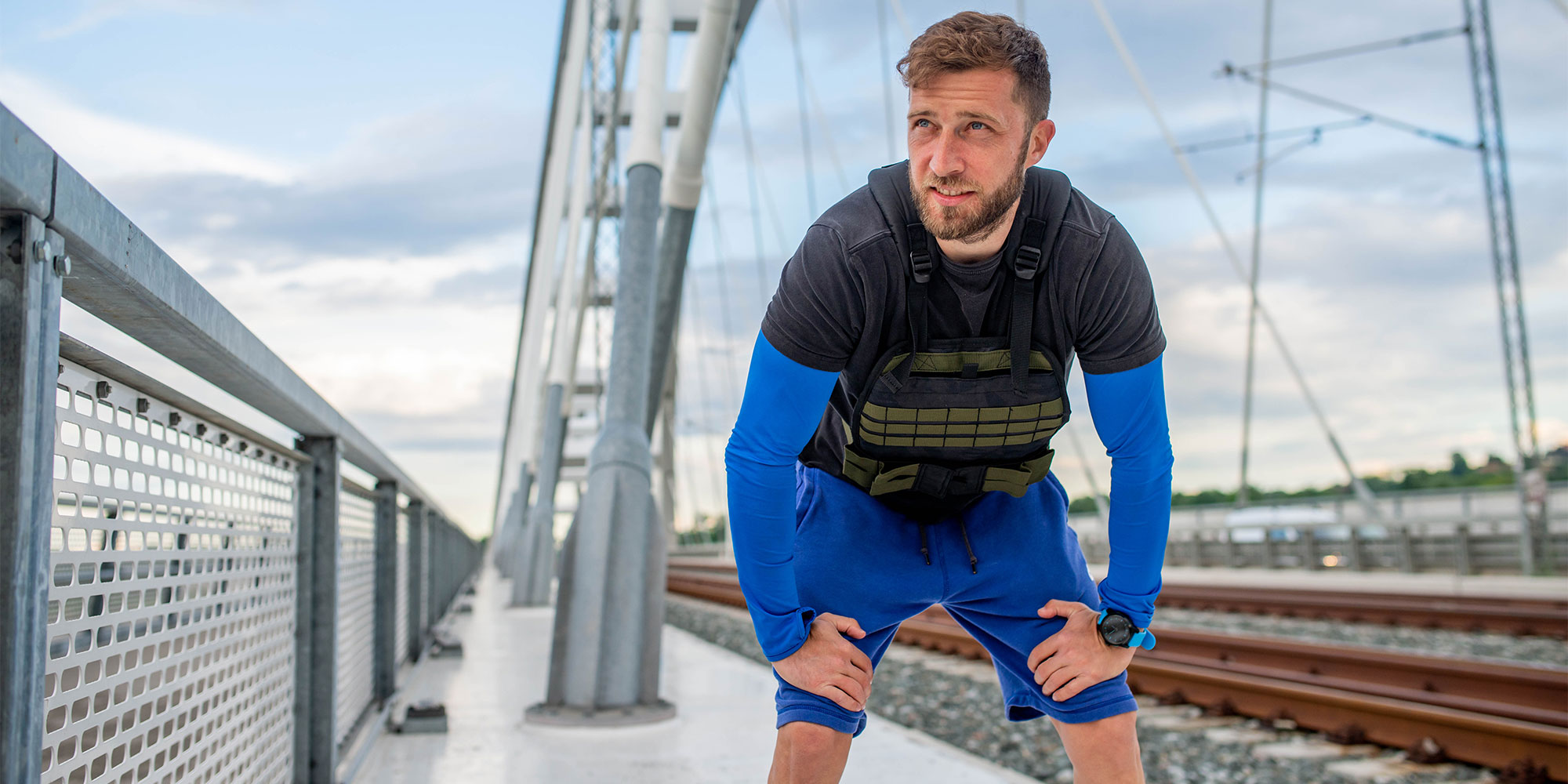
In this article
- What is a weighted vest?
- What are the different types available?
- Popular weighted vests
- How much do weighted vests cost?
- What are the benefits of weighted vests?
- What should you consider before buying a weighted vest?
- How long should you use a weighted vest for?
- Who should not use a weighted vest?
Weighted vests, which are used to increase resistance during exercise, have exploded in popularity. By choosing the right one, you can get more from your workouts.
When shopping for a weighted vest, you'll need to think about weight range, fit, durability and how you'll be using it. For example, an adjustable weighted vest could be well suited to strength training, while a sand-filled vest could be a better choice for a cardio session.
In our buying guide, we explain the key differences between the types of weighted vest. Plus, we've highlighted some popular models to get you started.
What is a weighted vest?
A weighted vest is a fitness accessory designed to increase resistance as you exercise. They're commonly used when running, or for weight exercises such as pull-ups. Some athletes also use them for HIIT (high-intensity interval training) workouts to increase calorie burn.
They are typically made from durable materials such as nylon and neoprene. As there's more weight attached to your body, the idea is that your muscles have to work harder, resulting in improved strength and endurance.
Weighted vests are designed to be worn over your workout clothes and, while some have fixed weights, many include pockets so you can add additional weight. You might find this useful if you want to gradually increase the intensity of your workout.
See our round-up of the best running shoes.
What are the different types available?
Adjustable weighted vest
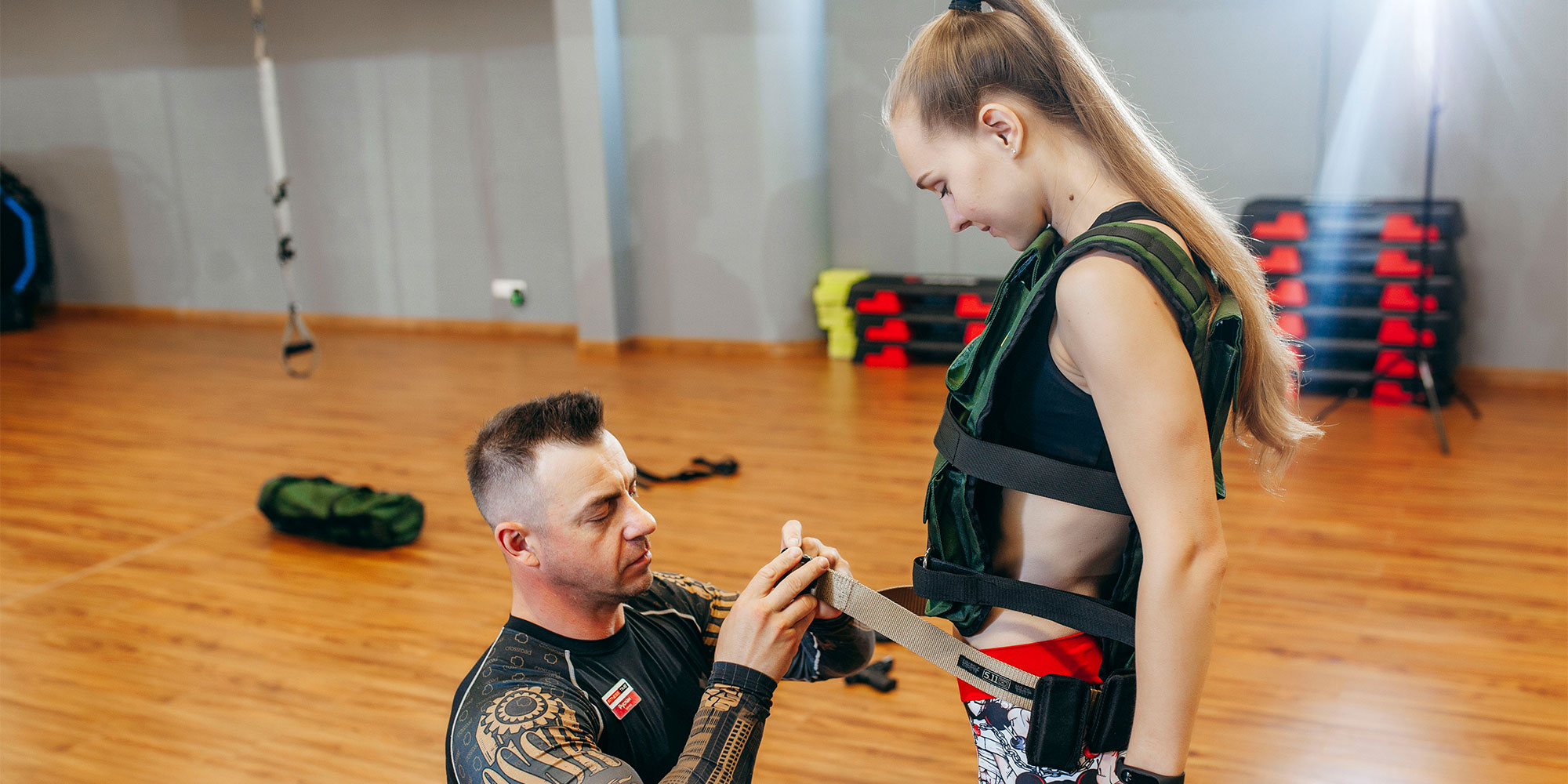
This is a general term for any weighted vest that allows you to add or remove weight using built-in pockets, which typically hold metal bars, plates or sandbags (more details below). With an adjustable vest, you can start light and work your way up to tougher levels over time. You can also adjust the weight based on your activity – less weight for running and more for strength training, for example.
The alternative is a fixed-weight vest, which comes with a set weight that can't be adjusted. These are less popular, as they're not as versatile – you might outgrow the challenge it provides once your body adapts. However, fixed-weight vests are usually cheaper and less bulky.
Plate-loaded vests
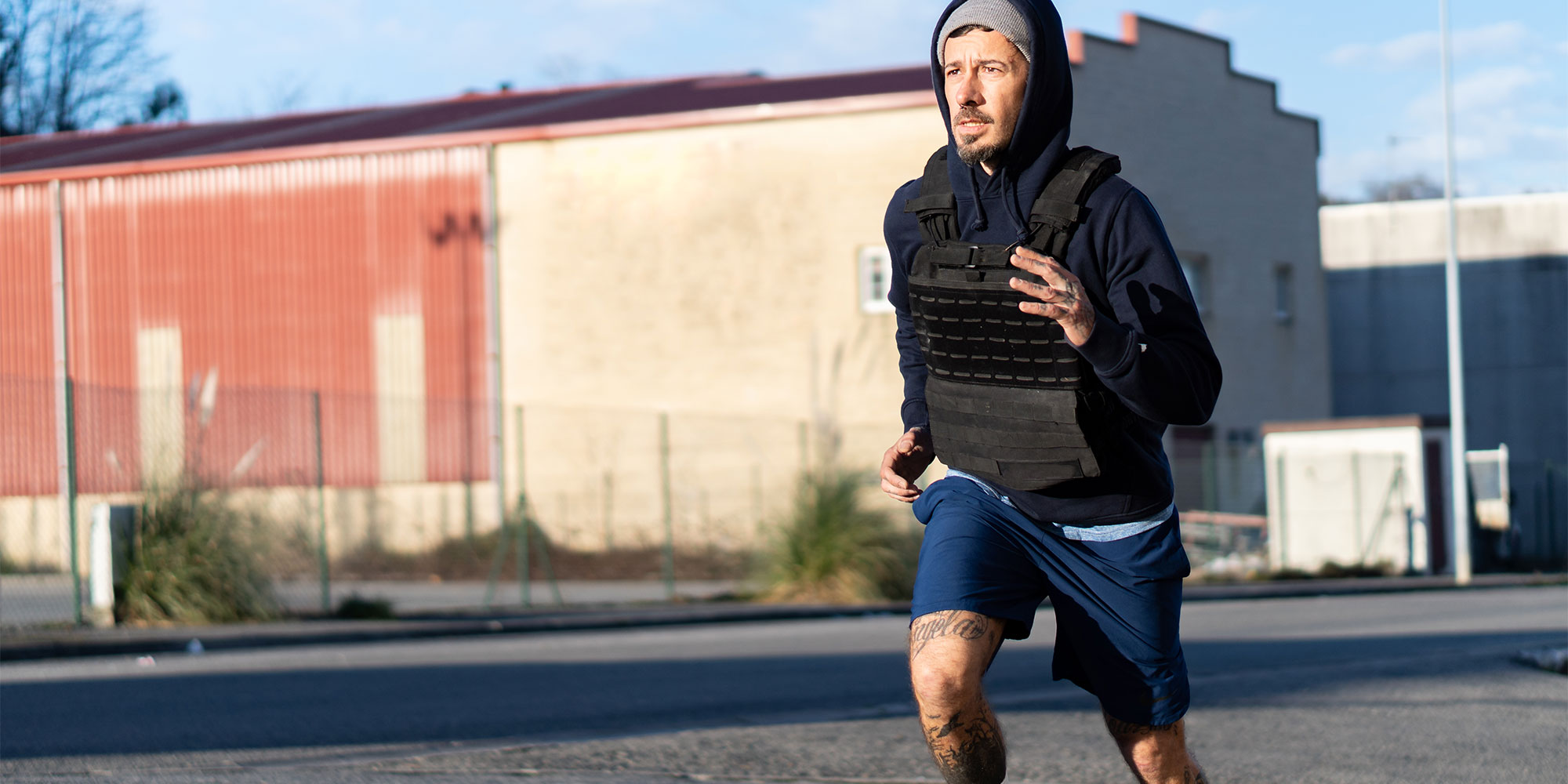
These are weighted with metal bars or plates, which are often included with the vest. You can also buy additional weights if needed, but you'll need to check the product dimensions to make sure they fit.
You can increase the resistance by inserting extra plates into the vest, with slots usually positioned on the front or back (the sides are reserved for the straps). The positioning of the pockets helps to keep the weight evenly distributed.
Plate-weighted vests are bulkier and capable of holding heavier loads compared with sand-filled alternatives.
Sand-filled weighted vests
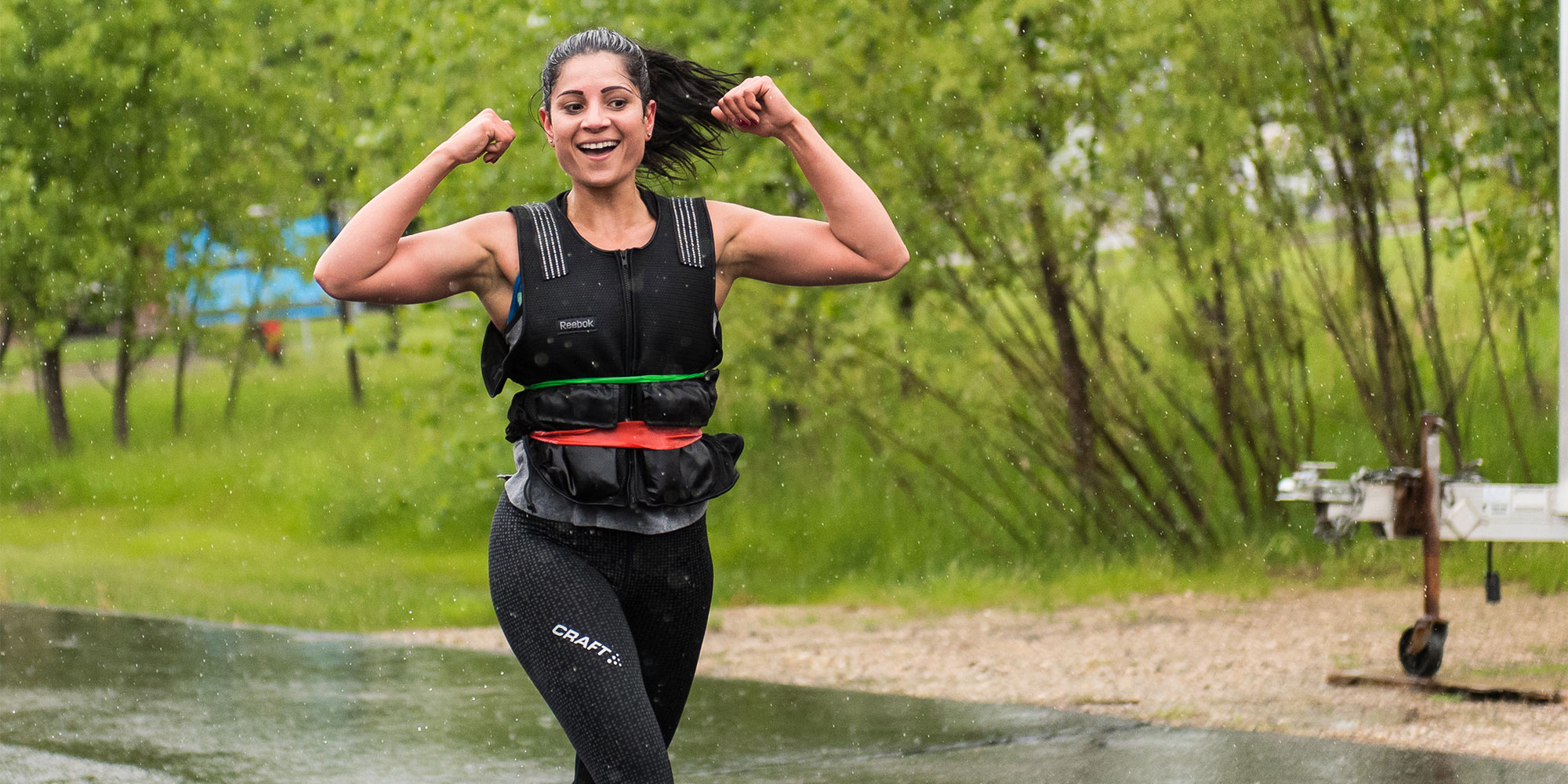
These are generally softer and more flexible than plate-loaded vests, but the system is similar – you simply fill the pockets with sandbags instead of metal.
Sandbags cost less to produce than steel or iron weight plates, so these vests are usually the cheaper option of the two. They’re usually lighter, too, which makes them well suited for walking or cardio.
Looking to improve your fitness at home? Get started with our expert guide on how to set up a home gym
Popular weighted vests
We've selected products from specialist fitness brands, based on search popularity and with the help of our health editor. Please note, however, that we haven't tested or reviewed these products.
Gravity Fitness weighted vest
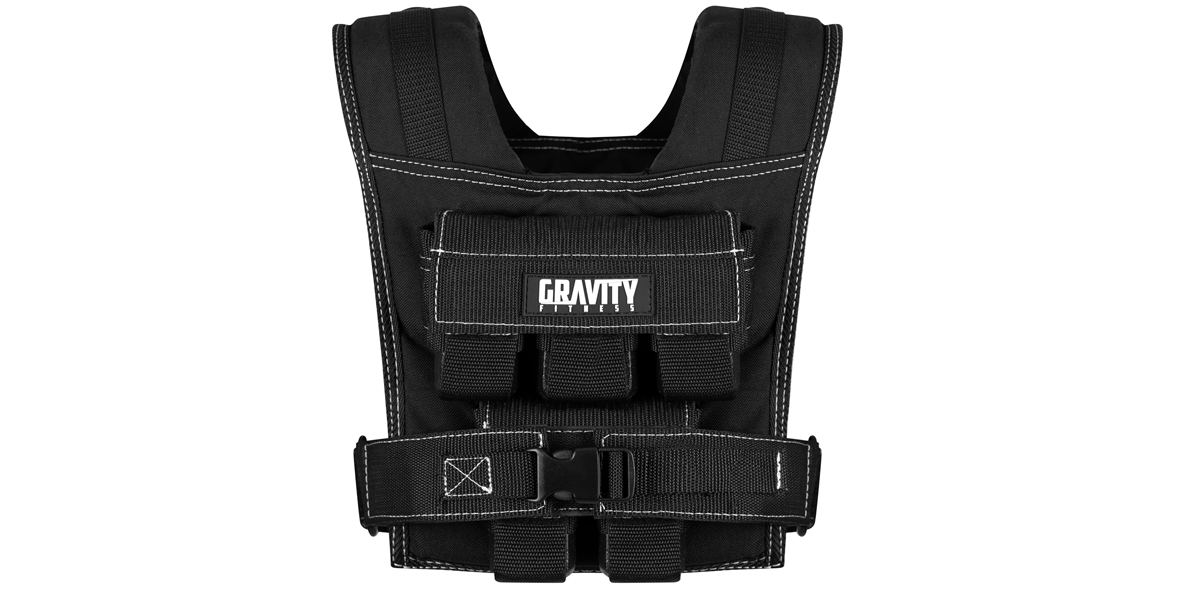
- Type: Plate-loaded vest
- Weight: 10kg, 20kg, 30kg
- Available from: Gravity Fitness
This vest from Gravity Fitness comes in three starting weights, the cheapest of which is 10kg and costs around £80. It's made from durable nylon and has foam padding around the shoulders to keep you comfortable while you work out.
This plate-loaded model is described as a 'one-size-fits-all' solution, thanks to adjustable Velcro straps. The brand also claims it allows for a 'full range of motion', so you can perform all the exercises in your arsenal.
Mirafit weighted vest
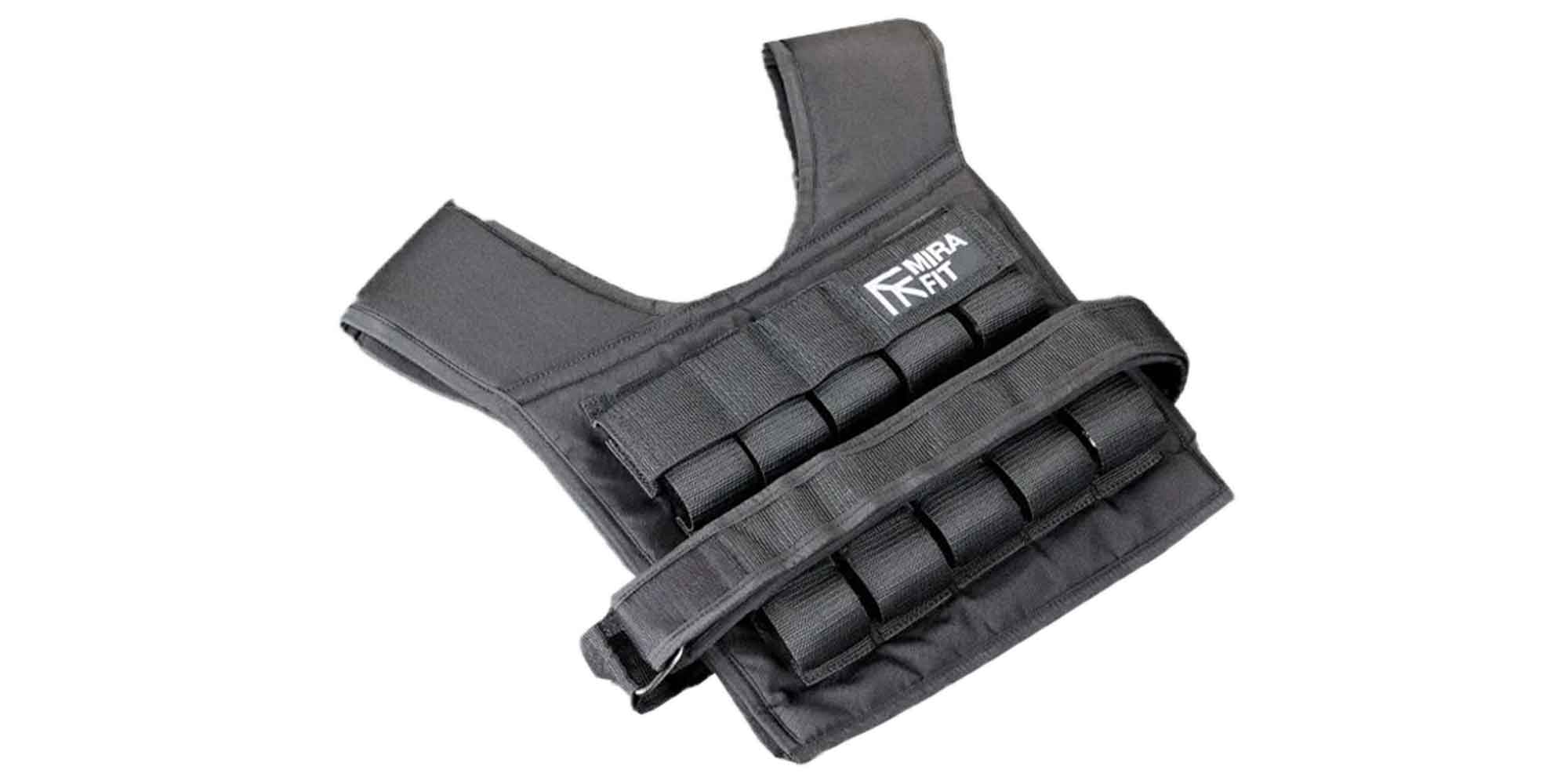
- Type: Plate-loaded vest
- Weight: 10kg, 20kg, 30kg
- Available from:Mirafit
The lightest vest (10kg) from Mirafit costs around £50 and comes bundled with a selection of 1kg cast-iron blocks that can be added and removed depending on how intense you want your workout to be.
This model is made from polyester and features an adjustable hook-and-loop strap. The brand notes that its vests are not suitable for distance running.
Corength weighted vest
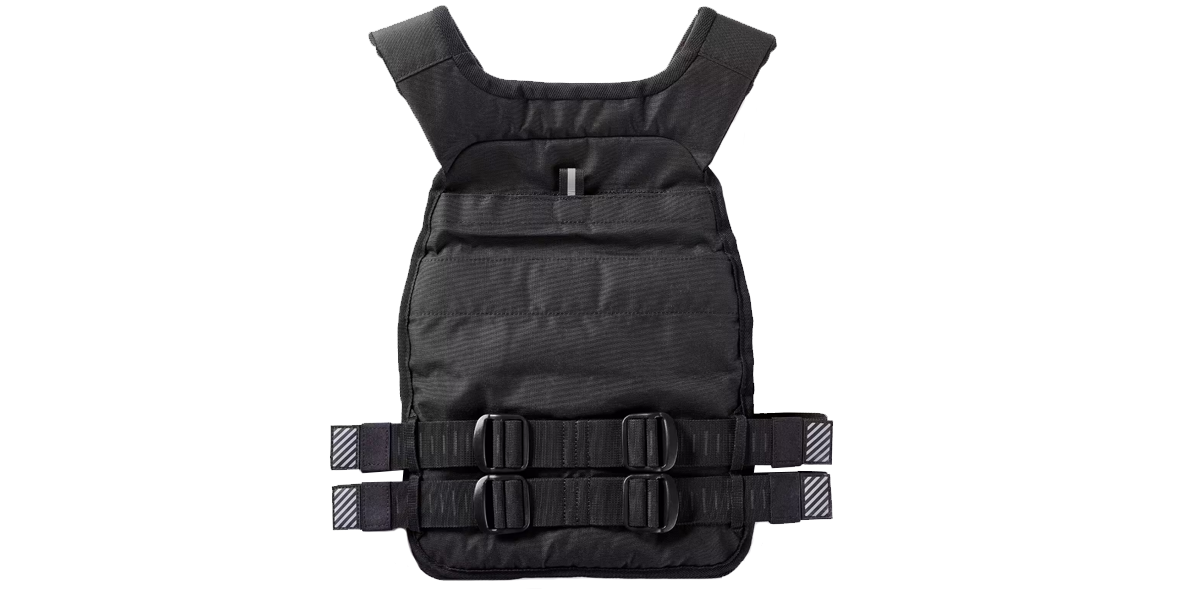
- Type: Plate-loaded vest
- Weight: 6-10kg
- Available from:Decathlon
While this weighted vest weighs 6kg on its own, it comes with four 1kg plates in the box to bring the total up to 10kg. Corength adds that, if you buy additional weights, you can increase the total to 14kg to really challenge yourself.
This vest is adjustable at the shoulders and across the chest, plus the brand offers a smartphone app with workouts designed to be done while you wear it.
Homcom weighted vest
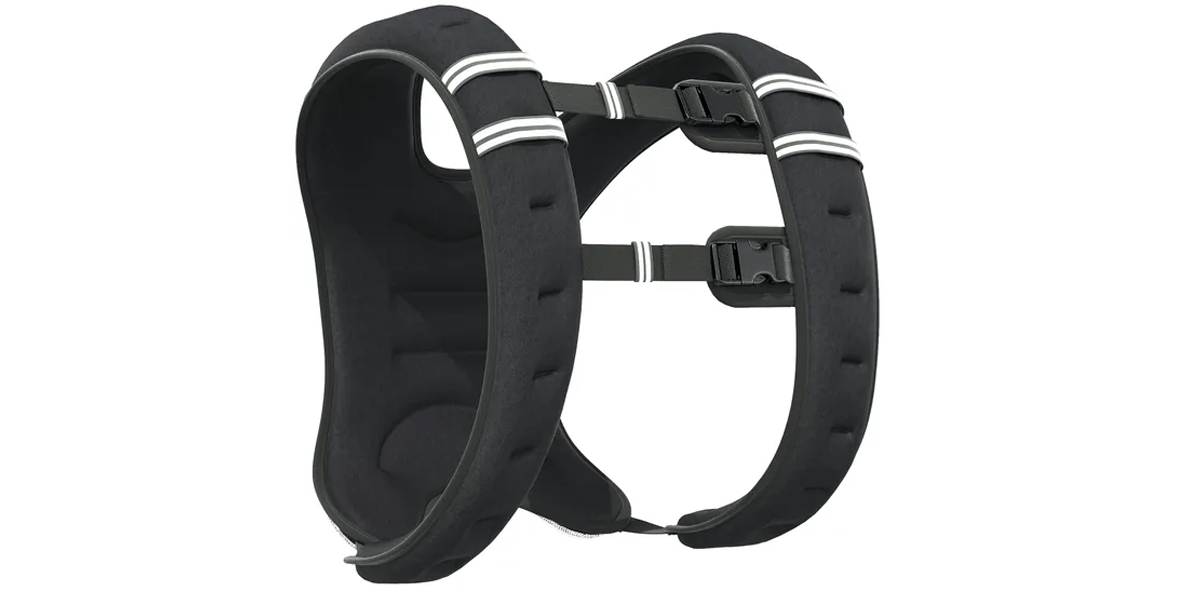
- Type: Sand-filled vest
- Weight: 10kg
This water-resistant model might appeal if you're looking for a weighted vest that's quick to set up. The Homcom vest is filled with metal sand for weight, so there's no need to add metal blocks yourself, and it has adjustable shoulder straps to keep you comfortable while jogging.
At the back of the vest, there's a mesh pocket that acts as a safe spot for your keys or smartphone.
Rowing can be a great full-body exercise; here's how to buy the best rowing machine for your home gym
How much do weighted vests cost?
The price you’ll pay will depend on the vest's starting weight and how much additional weight it can hold. You should also consider the materials used and extra features, such as reflective strips or pockets for phones and keys. When deciding on your budget, consider how you plan to use the vest and how often.
If you’re looking to use a vest only for light cardio, a cheaper, fixed-weight vest could be sufficient.
Typical starting prices for a weighted vest are around £20-25, which should get you a fixed‑weight vest weighing about 2.5-3 kg. Expect to spend closer to £30-40 for a 5kg vest, or £40-60 for a 10kg vest.
Plate-loaded vests are generally the most expensive type, with prices for some models exceeding £100. On the plus side, because of the weight they’re designed to hold, these vests are usually made from sturdier materials and have reinforced stitching, often double or triple for added durability.
Read our guide on how to buy the best home sauna
What are the benefits of weighted vests?
Wearing a weighted vest while you exercise forces your muscles to work harder because of the increased resistance. As a result, you can develop strength and stamina more effectively over time. Advice from Women's Health adds: 'Applying gentle, progressive stress via resistance training signals your body to build stronger bones and muscles.'
Added resistance also helps you to burn more calories during your workout. If you’re aiming to reach a weight-loss goal within a set timeframe, a weighted vest can potentially speed up your progress.
The NHS website notes that exercise can 'reduce your risk of major illnesses, such as coronary heart disease, stroke, type 2 diabetes and cancer, and lower your risk of early death by up to 30%'.
Discover the best massage guns for soothing sore muscles and post-run recovery
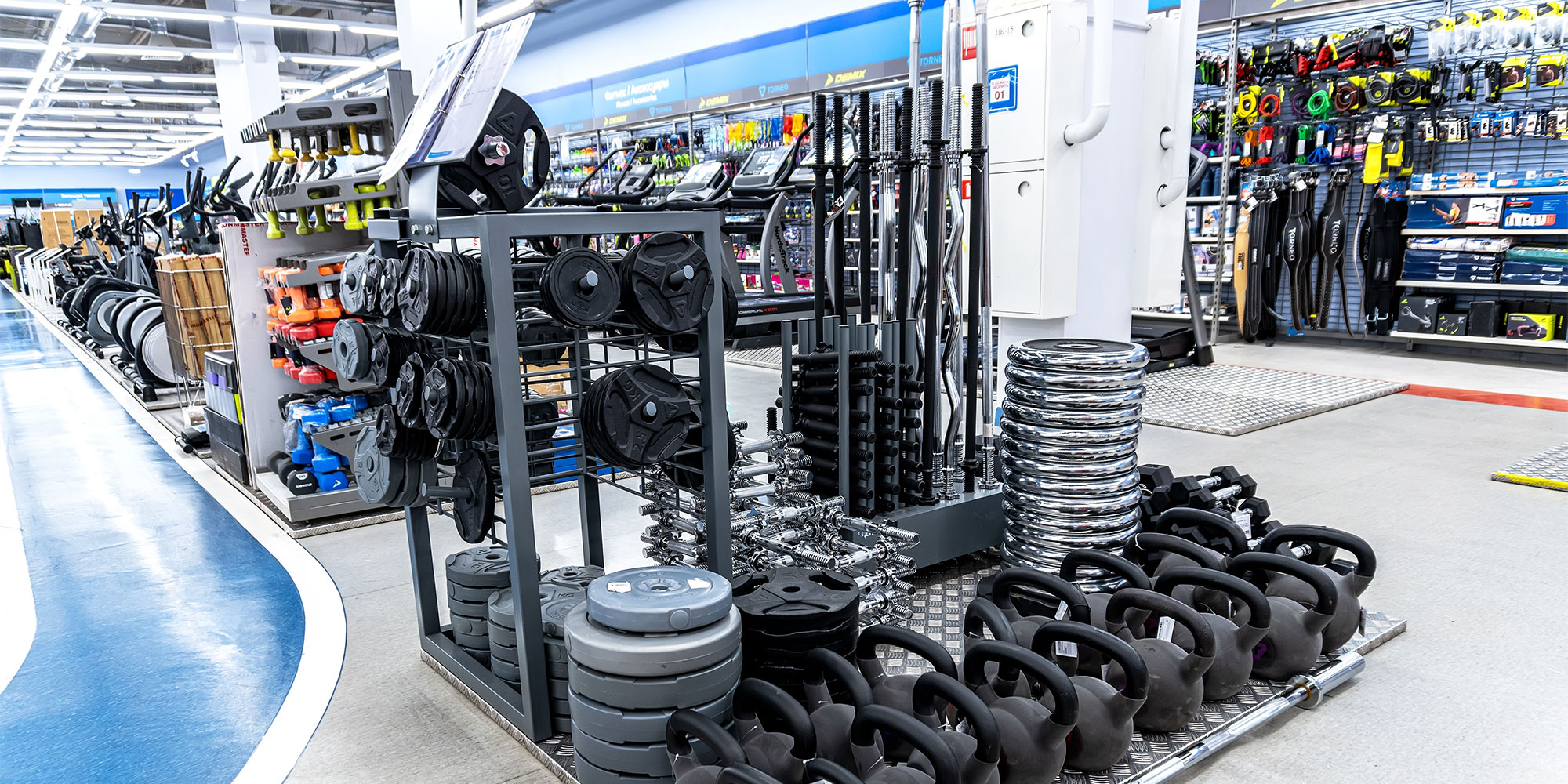
What should you consider before buying a weighted vest?
- Weight range and adjustability You first need to decide whether you'd prefer a fixed-weight vest or an adjustable one with plates or sandbags. Fixed-weight models are generally cheaper, but obviously can't be adjusted if you want to increase the amount of resistance on your body. Adjustable vests might be a better long-term investment if you're serious about fitness.
- Fit and comfort An ill-fitting weighted vest can be distracting and uncomfortable during exercise, to the point where you might regret buying it. You can avoid this by trying vests on in-store before purchasing, or by choosing online options with adjustable fastenings such as Velcro or buckle straps.
- Material and durability Your vest needs to be durable if you're planning to stuff it with additional metal or sand weights. Stick to materials such as neoprene and reinforced nylon when shopping, and look out for reinforced stitching in the product description. If you're shopping in-store, check the quality of the zips, straps and buckles.
- Intended use Lighter, fixed-weight vests are ideal for cardio sessions, while heavier, adjustable vests with multiple weight pockets are better suited to strength training.
How long should you use a weighted vest for?
If you’re new to weighted vests, start with shorter sessions to get a sense of how your body responds to the added resistance. Above all, it’s important to be safe and not push yourself to a point where you risk injury.
Speaking to AARP, fitness instructor Denise Austin said she began with 20-minute walks before gradually increasing to 30 minutes. She also suggested aiming for 30-minute sessions with the vest, three days a week, as a realistic goal to work towards.
As your strength and endurance improve, you can gradually increase the time you spend wearing the vest.
Can you use a weighted vest every day?
It's possible, but always listen to your body, and remember that the vest doesn’t need to be part of every workout you do throughout the week. If you're a beginner, you might want to limit use to once or twice a week, allowing your body time to adjust to the added stress.
Best gifts for runners: practical, thoughtful gifts to support every step of their running journey, from training and motivation to race-day essentials
Who should not use a weighted vest?
While weighted vests can be an effective training partner, they're not for everybody.
For example, if you have joint issues such as knee, hip, or back problems, the added weight could place extra strain and worsen existing conditions. Weighted vests are also not recommended for those recovering from an injury or recent surgery.
On its page covering physical activity guidelines for adults aged 19 to 64, NHS advice states: 'Speak to your GP first if you have not exercised for some time, or if you have medical conditions or concerns. Make sure your activity and its intensity are appropriate for your fitness.'
If you have questions on how to use the equipment, you can also reach out to the manufacturer.
Cold plunges are often linked to a wide range of potential benefits, including reducing inflammation and easing muscle soreness. See our guide to the best ice baths.
